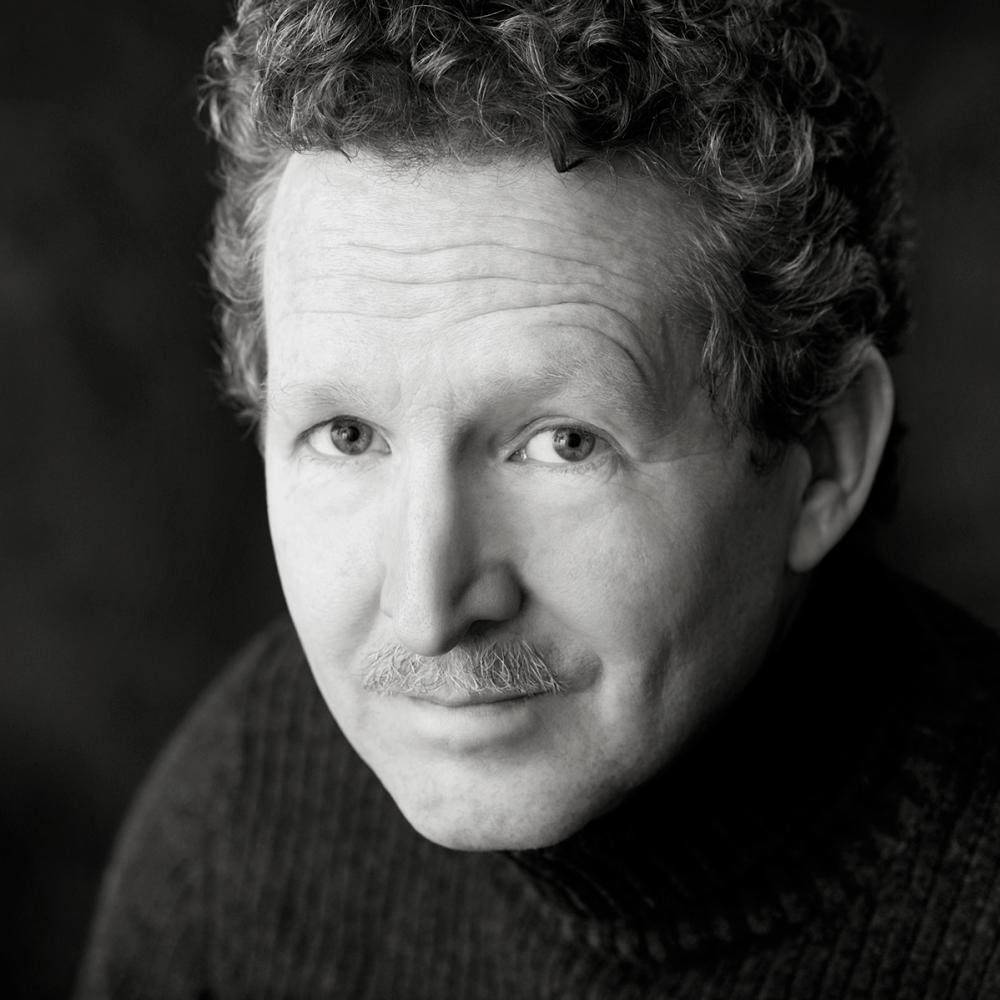For this edition of IQ, we’re playing detective with Donald S. Lopez Jr., the A.E. Link Distinguished University Professor of Buddhist Studies at the University of Michigan, as we follow the European quest to understand the nature of Buddhism. Lopez is the author of From Stone to Flesh: A Short History of the Buddha (University of Chicago Press, 2013) and The Scientific Buddha: His Short and Happy Life (Yale University, 2012). His scholarship has been supported by NEH research grants for individual and collaborative work. He also directed an NEH summer institute for faculty on the role of art, architecture, and ritual in the Manchu Qing dynasty.
It might have been a while since our readers took a religion class. So, for a refresher, where and when did Buddhism originate?
Buddhism began in northern India during the fifth century BCE. It soon spread throughout India and into what is today Pakistan and Afghanistan. In the centuries that followed, it spread north into China, Korea, Japan, Tibet, and Mongolia, and south into Sri Lanka and throughout Southeast Asia.
Who was the Buddha?
The short answer is that the Buddha was the founder of Buddhism. According to the traditional biographies, he was an Indian prince named Siddhartha who, at the age of twenty-nine, left his wife and newborn son to go in search of a state beyond aging, sickness, and death. Six years later, he found it, after meditating all night under a tree. The next morning, he was the Buddha, a Sanskrit word that means “Awakened One.” So “the Buddha” is his title, not his name. The disquieting implication of that title is that he is awake while the rest of us are sleepwalking.
Who is considered to be the first European to encounter Buddhism in his travels?
It may have been Alexander the Great himself. In 326 BCE, he invaded the Punjab, where Buddhism had likely spread by that time.
What did he make of it?
He didn’t say. The first reference to Buddhism in European sources comes more than five hundred years later. In describing the Indian gymnosophists, Saint Clement of Alexandria writes, “Some of the Indians obey the precepts of Boutta; whom, on account of his extraordinary sanctity, they have raised to divine honors.” The problem is that gymnosophist means “naked philosopher,” and, unlike other Indian ascetics of the time, Buddhist monks did not go naked.
Your book is in many ways a detective story in which Europeans try to understand Buddhism. What did they find bewildering?
Up until the nineteenth century, Europeans tended to categorize the world’s population into four groups: Christians, Jews, Muslims, and Idolaters (also known as Pagans or Heathens). Buddhists, along with Hindus, Daoists, and everyone else outside the three Abrahamic religions were lumped into the idolater category. Europeans considered them to be benighted worshippers of all manner of strange gods, and European missionaries set out to convert them to Christianity. But when they arrived in Asia, they found Buddhist monks with shaved heads, wearing robes, carrying rosaries, chanting hymns, and burning incense, much like Christian monks in Europe. They were bewildered by this; some said that Satan was playing a cruel joke.
What false deductions did they draw?
They assumed that the Buddhists in the different lands of Asia were worshipping different gods. From one perspective, it was an easy mistake to make. The Buddha has different names in each of the Buddhist countries, and each region has its own conventions for representing the Buddha in painting and sculpture. It was not until the end of the seventeenth century that someone figured out that the various names and the various idols represented the same person. And, even then, it was only in the early nineteenth century that scholars in Europe concluded that the Buddha was a historical figure and that he came from India. As late as 1786, Sir William Jones argued that the Buddha was really the Norse god Odin.
What led European scholars finally to understand that Buddhism had its historical roots in India?
There were a number of things. Buddhism had died out in India by the time the Europeans arrived, but Hindus retained references to
the Buddha, often negative, in some of their scriptures. The British excavated all manner of Buddhist archaeological sites, finding statues, monasteries, and reliquaries. But the primary evidence was textual. European scholars determined that the scriptures they were reading in Chinese, Tibetan, and Mongolian had been translated from Sanskrit.
Who was Eugène Burnouf?
He was the person most responsible for turning the Buddha from stone to flesh. In 1833, he was appointed to the chair of Sanskrit studies at the Collège de France. He received a large shipment of Buddhist texts from Nepal, translated a significant number of them, and wrote Introduction à l’histoire du Buddhisme indien, the first academic monograph on Buddhism in Europe, published in 1844.
Biggest misconception about Buddhism you would like to put to rest?
Where to begin? Let me limit myself to three: (1) That Buddhism is not a religion, but rather a philosophy or perhaps “a way of life.” (2) That all Buddhists meditate; in fact, meditation was something done primarily by monks and nuns, and many monks and nuns never meditated. (3) That the practice of “mindfulness” that is so popular in the self-help world at the moment was taught by the Buddha.
What is your favorite Buddhist temple or painting?
Sanjūsangen-dō, a temple in Kyoto, rebuilt in 1266. It is quite ordinary from the outside. Inside, there are one thousand golden statues of the bodhisattva of compassion arrayed in five rows, four hundred feet long, each five feet five inches tall. All of the statues appear to be identical, but each is slightly different. To the European explorers and missionaries in Asia, all the statues of the Buddha looked different. To us, they all look the same. I’m not sure who’s right.


